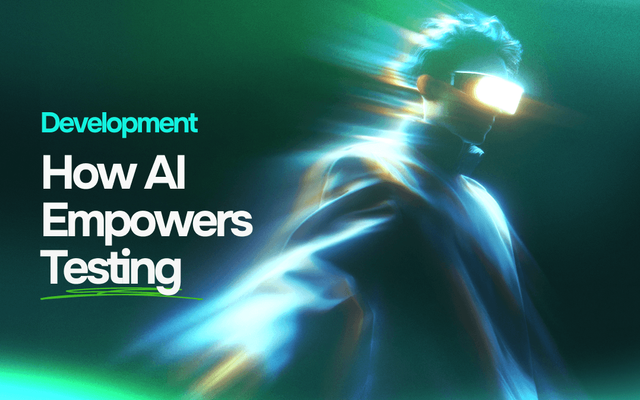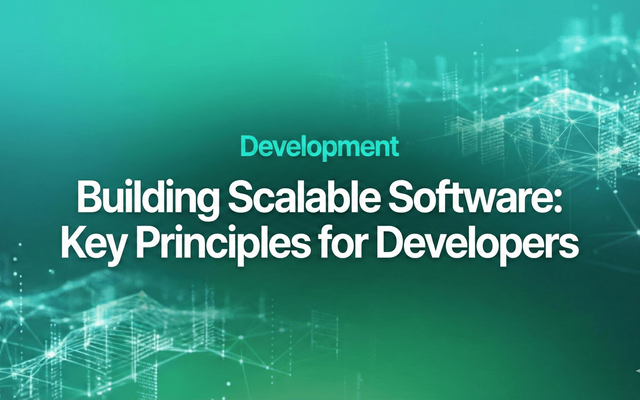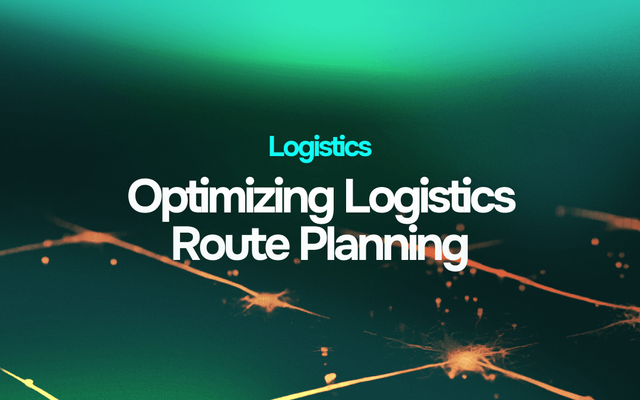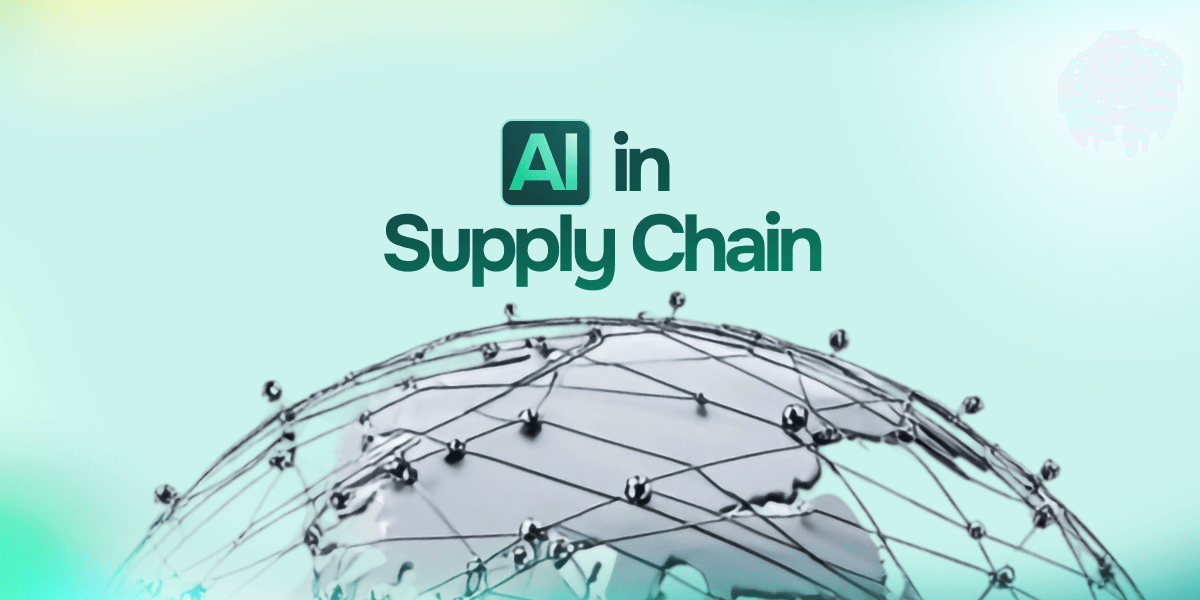
Global supply chains are getting hammered from every direction. Pandemic lockdowns, geopolitical tensions, port congestion, labor strikes, the hits just keep coming. According to recent industry data, 76% of European shippers dealt with major disruptions throughout 2024, while supply chain problems increased significantly across multiple sectors.
Traditional supply chain management relies on historical data and reactive responses, but that approach can't handle today's chaotic world. When a port shuts down unexpectedly or a supplier gets hit by a natural disaster, companies using old-school methods usually find out about problems after they've already hurt operations. By that point, customers are annoyed, costs are piling up, and competitors with smarter systems have already swooped in.
AI in supply chain management flips this whole script. Instead of just making things run smoother, artificial intelligence turns supply chains from reactive systems into smart, adaptive networks. These AI-powered systems can spot trouble coming, get ready for it, and respond fast when global disruptions hit.
The Role of AI in Supply Chain Resilience
To really understand what AI in supply chain means, you need to look past the marketing hype and see how these technologies actually work when things get crazy. AI includes machine learning algorithms that crunch massive amounts of data, predictive analytics that catch patterns humans miss, and automation systems that make decisions faster than any person could.
What makes AI in supply chain optimization so powerful is how it turns raw data into actionable intelligence. Traditional systems might track 50 to 100 important metrics, but AI systems can monitor thousands of variables at once.
We're talking weather patterns, political news, supplier financial health, transportation capacity - you name it. Johnson & Johnson runs AI systems that keep tabs on over 27,000 suppliers across 100+ countries, processing 10,000+ risk signals every single day.
For global businesses today, staying resilient matters more than just cutting costs. The companies that made it through recent disruptions weren't always the ones with the cheapest supply chains—they were the ones that could pivot quickly when everything went sideways. AI gives you that flexibility by constantly learning from new information and tweaking strategies on the fly.
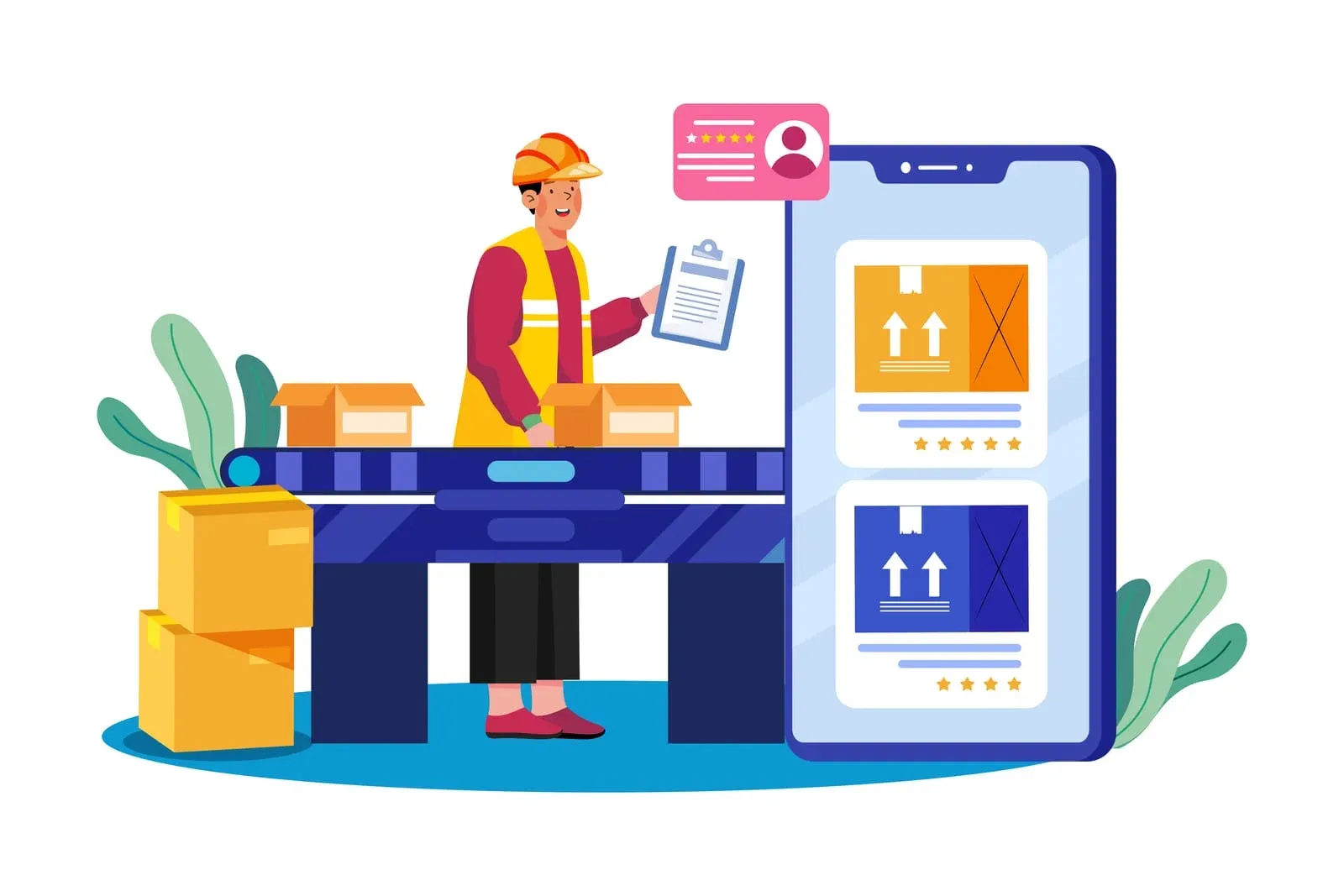
How AI in Supply Chain Optimization Mitigates Disruptions
The practical applications of AI for supply chain optimization become clearest when examining specific areas where disruptions typically occur. These technologies don't just improve efficiency—they fundamentally change how businesses prepare for and respond to unexpected events.
Demand Forecasting in Volatile Markets
AI in supply chain systems works differently because they don't just look at sales history and seasonal trends. What happens when customer behavior changes overnight, like it did during the pandemic? Traditional forecasting falls apart, but AI systems thrive in these situations because they pull in real-time signals that human analysts often miss.
Advanced AI models dig into social media chatter, breaking news, economic reports, and even satellite images to predict demand shifts. When tensions spike between countries or bad weather threatens production, AI systems can update forecasts in hours instead of weeks. This proved incredibly valuable during recent supply chain chaos—companies with AI-powered forecasting could change their inventory game plans before shortages hit.
The big difference comes down to speed and how much information these systems can handle. Human analysts might focus on a couple of dozen key factors, but AI systems process thousands of data points simultaneously. They spot subtle patterns that hint at changing customer preferences or supply problems before anyone else notices.
Smarter Inventory and Warehouse Management
Managing inventory has always been like walking a tightrope—too much stock eats up your cash, while too little means angry customers and lost sales. Supply chain optimization with AI changes this balancing act completely by giving you dynamic, real-time optimization that adjusts as conditions shift.
AI-powered inventory systems don't just look at current demand. They factor in supplier reliability, shipping delays, and even political risks. When a key supplier starts showing financial trouble or political problems hit a region, these systems automatically bump up safety stock levels and suggest backup suppliers.
AI inventory management capabilities include:
Automated safety stock adjustments based on risk factors
Real-time supplier reliability scoring
Dynamic reorder point optimization
Alternative sourcing recommendations during disruptions
Integration with demand forecasting for proactive planning
Take Toyota's setup as an example. Their supply chain risk AI watches 175,000+ suppliers across multiple levels, catching potential problems with 91% accuracy. During the recent flooding in Southeast Asia, their system flagged at-risk components 11 days before the flooding actually hit. This heads-up let Toyota line up alternate suppliers and dodge $280 million in production losses.
Route Planning and Logistics Resilience
Shipping and logistics deal with constant headaches—bad weather, worker strikes, fuel price swings, and infrastructure breakdowns. AI in supply chain logistics builds dynamic routing systems that adapt to these problems in real-time.
These systems don't just find the fastest route. They consider dozens of factors like weather forecasts, port backup, customs delays, and political stability. Modern AI-powered logistics systems can quickly analyze alternative routes when major shipping corridors face disruptions, helping companies avoid delays that catch less-prepared competitors off guard.
Key capabilities of AI-powered logistics include:
Real-time route optimization based on current conditions
Predictive maintenance for transportation equipment
Dynamic load balancing to maximize efficiency
Automated alerts for potential delays or disruptions

How AI Is Changing Supply Chains Globally
Supply chain management used to be all about reacting to problems after they happened. Now, how AI is changing supply chains means companies can spot issues and prep solutions before anything goes wrong. It's like having a crystal ball, but one that actually works.
This shift happens because AI teams up with Internet of Things (IoT) sensors to create supply chains that basically monitor themselves 24/7. Smart sensors track everything from warehouse temperature and humidity to how much trucks vibrate during transport. When AI systems notice something weird in this data, they can trigger automatic responses before human operators even know there's a problem.
Industry Transformation Examples
Different industries use how AI is changing supply chains in their own ways, tackling the specific problems they face most often:
Retail and E-commerce: Big retailers use AI to predict when demand will spike during things like viral social media trends or sudden weather changes. When a product starts going viral on TikTok, AI systems can automatically bump up inventory orders and optimize distribution before demand explodes. During the pandemic, retailers with AI systems handled the massive shift from in-store to online shopping way better than competitors.
Manufacturing: Manufacturers use AI to assess supplier risks, watching everything from financial stability to production capacity. Intel's AI fraud detection system analyzes 3 million procurement transactions daily, catching suspicious patterns with 96% accuracy. The system has prevented $47 million in procurement fraud each year and spots compliance violations 35 days faster than manual checking.
Pharmaceutical and Healthcare: The pharma industry relies on AI to keep critical supply chains running during emergencies. When health crises hit, AI systems can quickly find backup sources for essential medicines and medical devices. This keeps patient care going even when regular suppliers face problems.
Technology Integration and Real-Time Responses
When AI teams up with other technologies, the results get pretty impressive. Blockchain adds transparency and traceability, while IoT sensors feed real-time data straight to AI algorithms. This combo lets supply chains work more like living organisms that can sense threats and adapt automatically.
Modern AI-enabled supply chains feature:
Automated supplier qualification and risk scoring
Predictive maintenance that prevents equipment failures
Dynamic pricing and sourcing optimization
Real-time visibility across all tiers of suppliers
Scenario planning and contingency preparation
Companies using these integrated systems see major improvements in how well they handle disruptions. Research shows that AI-powered supply chains spotted 78% of major shipping problems an average of 9 days before they actually hurt operations. That early warning gives companies crucial time to put backup plans into action.
Building Future-Ready Supply Chains
The facts speak for themselves: AI in supply chain management isn't just about making things run smoother anymore. With ongoing supply chain challenges and 82% of supply chain organizations pumping more money into IT to focus on digital transformation, the companies that will thrive are those that can anticipate and adapt to constant change.
The companies making it through recent global chaos all have one thing in common—they put AI-powered supply chain systems in place before they desperately needed them. These businesses didn't wait for the next crisis to start building resilience. They saw that in today's connected world, disruption isn't the exception anymore—it's just how things work now.
Looking ahead, getting AI into your supply chain operations isn't just a nice competitive edge. Companies that get on board with AI for supply chain optimization today will be leading the pack tomorrow. Those who wait around risk getting left in the dust by smarter, more agile competitors.
